
Ban Tobacco
Tobacco is the worst of the pollutants that cause cardiovascular disease. And lighting up not only damages your own heart and arteries; every time you expose someone else to cigarette smoke, it accelerates hardening of their arteries, too.
Smokers have a 70 per cent greater chance of dying from heart disease than people who don’t use tobacco. Overall, a smoker is two to three times more likely to have a heart attack than a non-smoker. Smokers who have high blood pressure are four times more likely than non-smokers with normal blood pressure to fall victim to a heart attack. And smokers with high blood pressure and high blood cholesterol are a whopping eight times more likely to have a heart-attack than non-smokers without high blood pressure and high blood cholesterol. The longer you smoke, the higher your risk; conversely, the sooner you quit, the faster your heart heals. Giving up is hard, but with nicotine replacement, modern drugs and willpower, it’s certainly not impossible.
If you care about your heart, you must stop smoking. Your doctor will help, and if you use the strategies that follow, you can be free of smoke today-and you’ll enjoy life more than ever.
Scrub Your Hands
Good hand washing requires three elements: soap, water, and friction. Using soap and water stops germs on your hands from getting into your eyes, nose or mouth, where they can multiply and pave the way for infection and heart-damaging inflammation.
Practicing good personal hygiene fights more than colds; it can keep heart disease at bay as well.
Have your Flu Shot
Being vaccinated against influenza can cut your risk of being hospitalized with heart disease-related problems and reduce your risk of having a heart attack if you’re already in a high-risk category. Having the flu vaccine is strongly recommended for seniors and those with health conditions, such as diabetes.
Keep Your Teeth Clean
The way to your heart is through your mouth-not by way of your stomach but via your arteries. Believe it or not, bacteria from sticky dental plaque can seep through infected gums and cause problems in your circulatory system.
Having clean teeth and healthy gums will really give you something to smile about.

Protein Power for a Healthy Heart
No food group offers more versatile protection from the causes of heart attacks than protein. Lean beef, eggs and pork are packed with homocysteine-lowering B vitamins. Fish delivers omega-3 fatty acids that keep heart rhythm steady and discourage blood clotting. Skinless chicken and turkey are low in artery-clogging saturated fat, and their protein keeps food cravings (and the risk of overeating) at bay. Beans-legumes such as chickpeas, black beans and kidney beans-are not only rich in high-quality proteins but are also one of nature’s richest sources of soluble fibre, which transports cholesterol out of your body and helps to hold blood sugar levels steady.
On the Menu: Fish, chicken, turkey, lean red meat, pork, eggs, beans.
Daily Servings: Two to three.
Serving Sizes: 50-100 g fish, poultry and meats; 6 tablespoons of beans as a main dish or 3 as a side dish; 2 eggs
Good Fats Are Better than Low-Fat
Why use butter that has saturated fat or crunch on questionable snacks packed with trans fatty acids when you could eat as if you spent your days beside the Mediterranean-spreading fruity olive oil on crusty bread or drizzling it over fresh vegetables and snacking on delicious almonds? Many studies have shown that these cornerstones of the Mediterranean diet protect your heart. That’s why olive oil and walnuts, which are good sources of omega-3 fatty acids, get top billing in this plan, too.
All are rich in monounsaturated fats. Eat them instead of saturated fats to lower LDL cholesterol, slightly increase HDL levels and reduce triglycerides. While you should eat very little saturated fat, monounsaturated fats should be part of your daily calorie intake. Just watch your portions-oils, nuts and nut butters are calorie dense, so a little goes a long way.
On the Menu: Olive oil, canola oil, nuts.
Daily Servings: One to three of each.
Serving Sizes: 1¼ -2 to 1 tablespoon oil; 30 g nuts.
Fruit and Vegetables: Nature’s Cholesterol Cure
Our ancestors existed on wild produce, so researchers suspect that the human body evolved to expect large daily doses of the antioxidants, cholesterol-lowering phyto-sterols and soluble fibre found in fruits and vegetables. Without them (and most of us get too few servings of fruit and vegetables a day) heart risk rises.
On the Menu: All fruits and vegetables-fresh, frozen, dried or canned in natural juices.
Daily Servings: Three or four of fruit; four or five of vegetables.
Serving Sizes: 75 g vegetables, raw, cooked, canned or frozen; 1 dessert bowl of salad; 1 medium fruit such as apple, orange, banana or pear; 1 large slice of melon or pineapple; 2 small fruits such as plums or apricots; 1 cup of raspberries or strawberries; 1¼-2 cup fresh or frozen raw fruits or vegetables; 1 tablespoon dried fruit such as raisins; 1¼-2 cup fruit or vegetable juice; 3 tablespoons cooked legumes.
Whole Grains for Valuable High Fibre
Simply eating a high-fibre, whole-grain breakfast could help to reduce your risk of heart attack, as can switching completely from refined to whole grains. Whole grains are packed with vitamins and a wealth of heart-protecting phyto-chemicals, plus insoluble fibre to help digestion. Some, such as barley and oatmeal, also have cholesterol-lowering soluble fibre.
On the Menu: Whole-wheat bread, whole-wheat pasta, barley, bulgur; brown rice; whole-wheat and high-fibre cereals, including oatmeal.
Daily Servings: At least five.
Serving Sizes: 1 slice whole-wheat bread; 1¼-2 cup cooked cereal; 1¼-2 cup cooked rice, bulgur or pasta.
Dairy Foods for Better Bone Protection
Having milk on your morning cereal, a small container of yogourt as a mid-afternoon snack and grated low-fat cheese on your chili or pasta at dinner, boosts your intake of calcium, a mineral vital for healthy bone development. It also provides high-quality protein and essential B vitamins, zinc and phosphorus.
On the Menu: Skim or 1% milk, low-fat yogourt and reduced-fat cheese
Daily Servings: Two to three
Serving Sizes: 1 cup milk; 50 g reduced-fat cheese; 175 g low-fat yogourt

Start Small, Think Big
Fast, simple diet modifications can cut cholesterol by 30 per cent. A 5-minutes-a-day weight-training program can replace ten years worth of lost muscle tissue. Just do some simple exercises while brewing your morning java and you’ll be on the right track.
Conquer “Sitting Disease”
Canadians are leading increasingly sedentary lives with many of us getting less than 30 minutes of moderate exercise per week. Yet our bodies are built for daily activity. Try to build healthy movement into your life, no matter how jam-packed your days are.
Eat Fresh
Fresh, whole foods don’t have to cost more or take more time to prepare than the processed stuff. These wholesome, delicious foods-fresh fruits and vegetables, grains, fish, meats, dairy products and even soya-not only taste good, they also protect your heart by reducing blood fats, lowering elevated blood sugar, calming inflammation and fighting destructive free radicals.
Butt Out
Smoking is widely recognized as the leading cause of vascular disease, damaging arteries and leading to both heart attacks and strokes. Quitting smoking can be tough, but heart-smart living can also be as simple as laughing at a difficult situation rather than just getting angry. Simple planning, appropriate preparation and the assistance of health professionals can dramatically improve your chances of being a successful quitter.
Know Your Numbers
If you want to see tangible results then track your success by keeping tabs on certain essential numbers, including your weight and your waist measurement. All adult Canadians should know these “vital statistics” but virtually none of us do. To find out more about what to do check out 4 Good-Health Guidelines.
Avoid Toxins
From tobacco to trans fats, sugar to environmental pollutants, the toxins we allow to enter our bodies seem to wreak havoc with our hearts first. Your body doesn’t have to be a dumping ground for hazardous waste. Learn how to clean it up.
Find Joy
A growing body of research links hostility, impatience and bearing grudges with poor heart health; in contrast, forgiveness, friends and optimism are linked with healthier hearts. Do you have a heart-threatening personality type? Find out-and learn how to live a more joyful life.
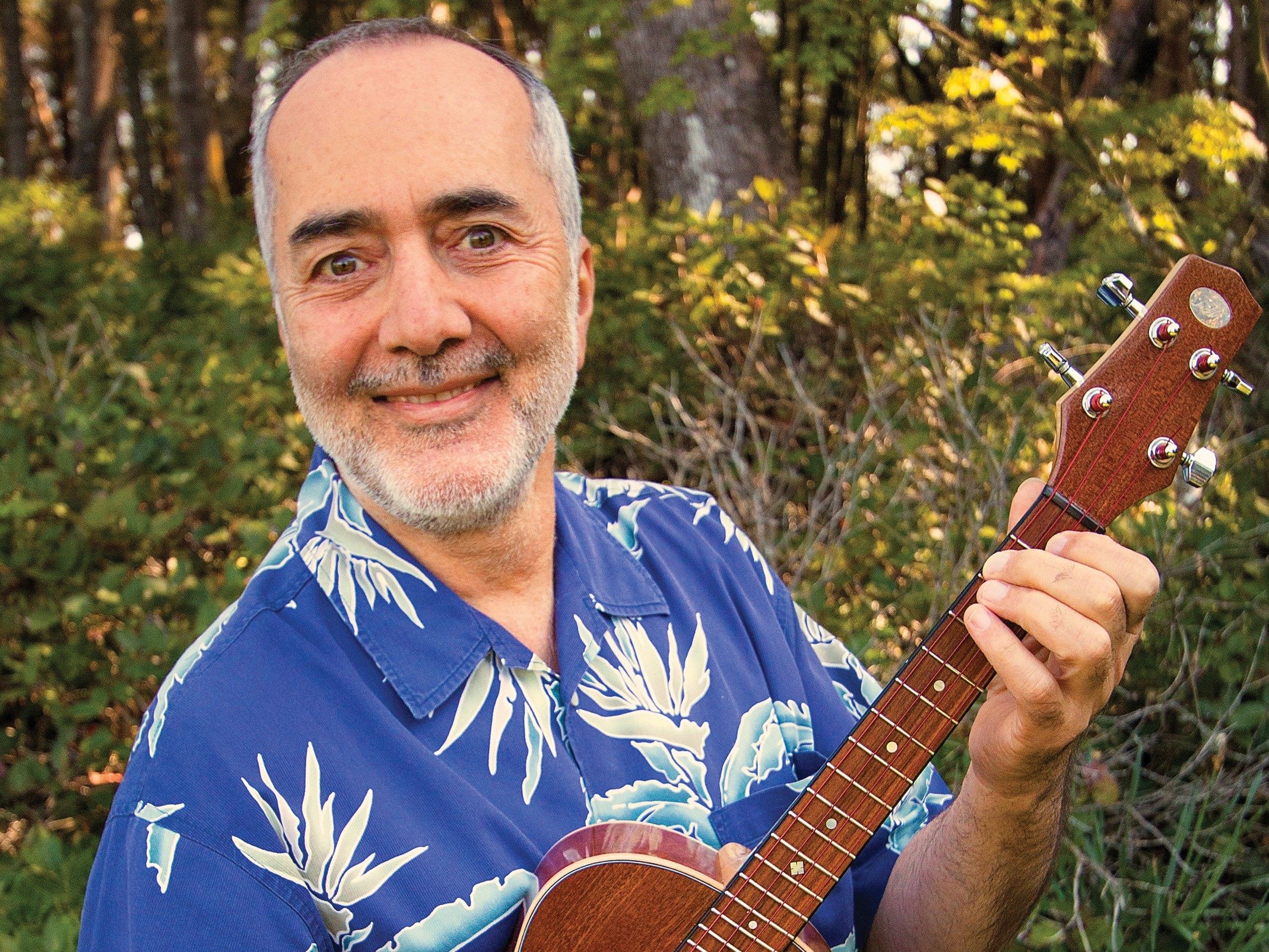
Q&A WITH RAFFI
Your new album, Owl Singalong, is your second in as many years. This is a very productive period for you.
I joke that 2014’s Love Bug was my first children’s album in 12 years and Owl Singalong is my first in 12 months.
You call yourself a children’s troubadour. What does that title mean to you?
In days of old, troubadours were kind of like the wandering minstrels who brought news from town to town. I take my young audience very seriously in terms of their needs as people. Children are often included in the political rhetoric, but the promises aren’t delivered.
How do we change that?
In 2007, the David Suzuki Foundation asked people to finish this sentence: “If I were prime minister…” I said my cabinet would include a minister of children with a powerful voice. When we invest in kids’ well-being in their early years, it pays dividends throughout a lifetime.
LightWeb DarkWeb, your book published in 2013, explored the dangers of the Internet for kids. Any advice on how to help young people navigate the digital age?
Parents shouldn’t jump to get their kids the latest device just because it’s on the market. Children need to play in the real world.
Easier said than done when your kid is having a temper tantrum because you took away the iPad.
That speaks to the seductive power of these things and why screen limits are important. Otherwise, you’ve got kids playing Minecraft and identifying more with a pseudo-world than the real world. That’s crazy.
You’re 67 now, so you grew up in a different age. Was music part of your upbringing?
I grew up in a house filled with music-my father would sing Armenian folk songs and play the accordion. When I moved from Egypt to Toronto in my teens, I was in the church choir. I got my first guitar when I was 16.
Your song “I Want My Canada Back” was popular all over social media. You didn’t tie it to any political party. Was that intentional?
Correct. I’m non-partisan, or perhaps I should say, I’m pan-partisan. I like what Elizabeth May says, which is that Parliament needs to work in a co-operative spirit.
The morning after the Liberal victory, you tweeted about Canada electing its “first beluga grad PM.” How did you realize Trudeau grew up on your music?
I met him three or four years ago, and he told me he knows every single word on Singable Songs for the Very Young, my first album, from 1976. When I tweeted, “The whole [beluga] pod is watching,” I was saying, “Hey, keep your promises.” I’m hopeful the era we’re embarking upon will be a good one for this country.
What is it about your songs-“Baby Beluga,” “The More We Get Together,” “Down by the Bay“- that continues to resonate?
I really don’t know. I used to think it was the argyle socks I wore, but I haven’t sported those in decades.
Catch Raffi live in concert!
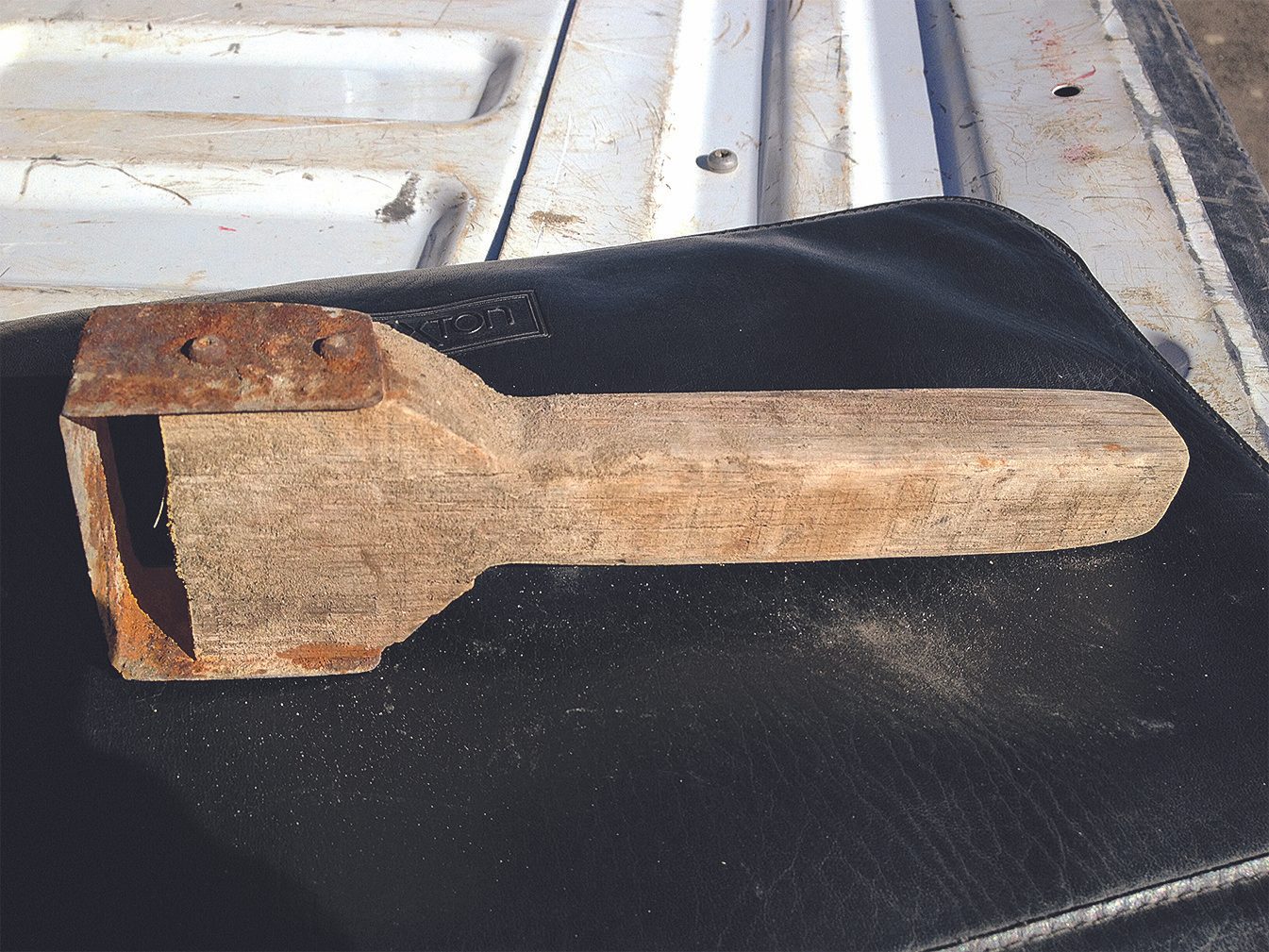
Henry Vandervoort of Grande Prairie, Alta. writes, “I found this on a construction site. It measures about eight inches in length and has a wooden handle with a metal blade attached.”
What do you think, readers? Can you help Henry solve this mystery?
Submit your answers in the comments below or by sending it in through Our Canada’s submission site (please identify it is an entry for “What Is It?”).
Don’t miss out on the best original Canadian photography-sign up for the Our Canada newsletter!
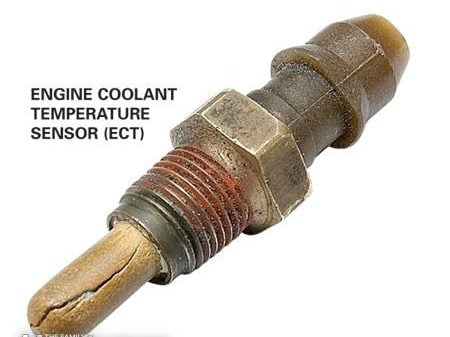
See the crack in the engine coolant temperature sensor pictured? This sensor didn’t set off a trouble code or “check engine” light. But the owner had to pump the gas pedal in the morning to keep the engine running.
The computer in every fuel-injected car must know two things before it can figure out the correct cold-start air/fuel mixture: the engine coolant temperature and the outside air temperature. The situation above points to a bad engine coolant temperature sensor (ECT). The computer is calculating an air/fuel mixture that is too lean. That’s why pumping the gas pedal keeps the engine running.
You can have a bad sensor even without a “check engine” light or trouble code. We could tell you how to test it, but they’re so cheap (about $15) and easy to replace, that it makes more sense to just replace it. Ask the auto parts store clerk to find the right sensor for you (you may have two-one for the computer and one for the temp gauge on your dash) and to show you where it installs on your engine.
Check out more do-it-yourself car maintenance tips!
Explore Reader’s Digest Cars.
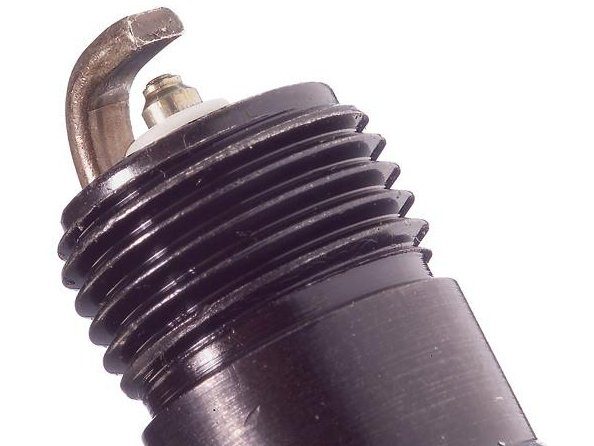
Choosing new spark plugs isn’t as easy as it used to be – dozens of choices are available. How do you pick the right spark plug for your car? Here’s what you need to know:
How to Buy Spark Plugs
Tip 1: It’s best to stick with the types of spark plugs you rode in on. The car manufacturer may have originally installed plugs made with precious metals. Platinum, yttrium and iridium plugs are more expensive than traditional plugs, but the coatings provide much better wear resistance and maintain their gap longer. Never downgrade to a less expensive plug. Your savings will be quickly offset by the shorter service life and reduced gas mileage. Consult your owner’s manual or ask the auto parts store for the manufacturer’s recommended plug.
Tip 2: Some plugs have adjustable-plug gaps and others have a fixed gap, but gap is always important. If the store recommends a fixed-gap plug, check your owner’s manual to make sure it’s the correct gap. If it isn’t, find another brand. If the gap is adjustable, make sure you check (and adjust if necessary) the gap on each plug before installation.
The auto parts store computer showed eight different plug choices for a 1999 Ford Taurus. Prices ranged from $1.79 for a traditional plug to $14.99 for iridium. We chose the $2.79 double platinum type because that’s what had been installed at the factory.
Check out our car buying guide!
Explore Reader’s Digest Cars.

This sounds complex, but it’s not. Pull out your PCV valve every other oil change or when doing maintenance on your car. In most cases, you’ll find the valve on the top of the engine, connected to a vacuum hose. Some late-model cars don’t have PCV valves, so don’t beat yourself up trying to find it. Slide the vacuum hose off the valve and unscrew the valve. Then perform the world’s easiest diagnostic test: Shake it. If it makes a metallic clicking sound, it’s good. If it doesn’t make noise or sounds mushy, replace it. But don’t replace it on appearance alone – all used PCV valves look dirty.
Need help locating your PCV valve? Buy a short subscription to an online factory service manual (oem1stop.com); rates start at about $10 a day. Non-factory manuals are cheaper, but they’re skimpy on instructions and diagrams for these kinds of repairs.
PCV Valve Replacement Instructions:
Pull off the hose and remove the old valve. If it’s bad, screw in a replacement and replace the hose.
Required Tools and Materials for This Project:
• Adjustable wrench
• New PCV valve
Check out more do-it-yourself car maintenance tips!
Explore Reader’s Digest Cars.
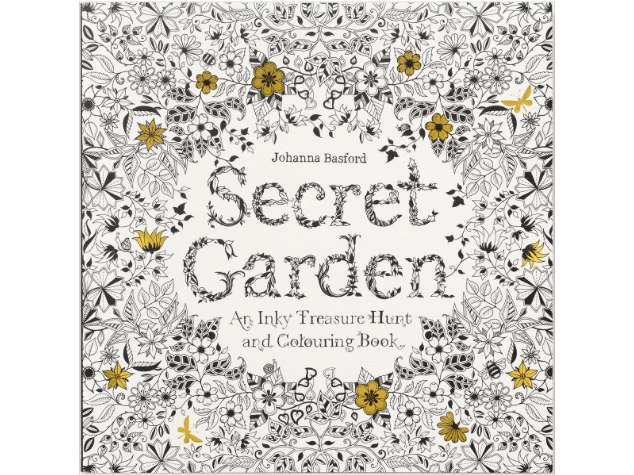 Colouring books top bestseller lists around the globe, selling millions of copies each year. Enthusiasts say the hobby helps them cope with stress, anxiety and depression. While experts emphasize that colouring isn’t the same as art therapy, there is evidence that the act’s repetitive nature can release tension. Some people are soothed by the meditative focus required to fill in intricate patterns and landscapes. Some appreciate the low-pressure creative outlet and feel rewarded when they complete pages. Others just enjoy feeling like a kid again.
Colouring books top bestseller lists around the globe, selling millions of copies each year. Enthusiasts say the hobby helps them cope with stress, anxiety and depression. While experts emphasize that colouring isn’t the same as art therapy, there is evidence that the act’s repetitive nature can release tension. Some people are soothed by the meditative focus required to fill in intricate patterns and landscapes. Some appreciate the low-pressure creative outlet and feel rewarded when they complete pages. Others just enjoy feeling like a kid again.
There’s an option for every taste and style. Scottish artist Johanna Basford helped launch the trend with 2013’s Secret Garden, a collection of ornate floral images. For a different experience, there’s Thrill Murray, published by the British collective Belly Kids, which revisits scenes from the career of actor Bill Murray.
Fantastic Cities, a new title by Ontario illustrator Steve McDonald, brings users on an urban joyride. The aerial views of real and imagined cities are a stunning survey of human-made environments, from the streets of Sault Ste. Marie, Ont., to a favela in Rio de Janeiro.
“I like the idea that, because the drawings are so detailed and because of the time it takes to colour each page, people are giving some thought to architectural styles and patterns,” says McDonald. “This book is the story of our human habitat and our history on the planet, of how we build dwellings and how we do it differently in different places.”
Related features:
10 Scandalous Biographies that are Perfect Beach Reads
20 Things You Need to Know About Stress
10 Books to Read Before the Oscars
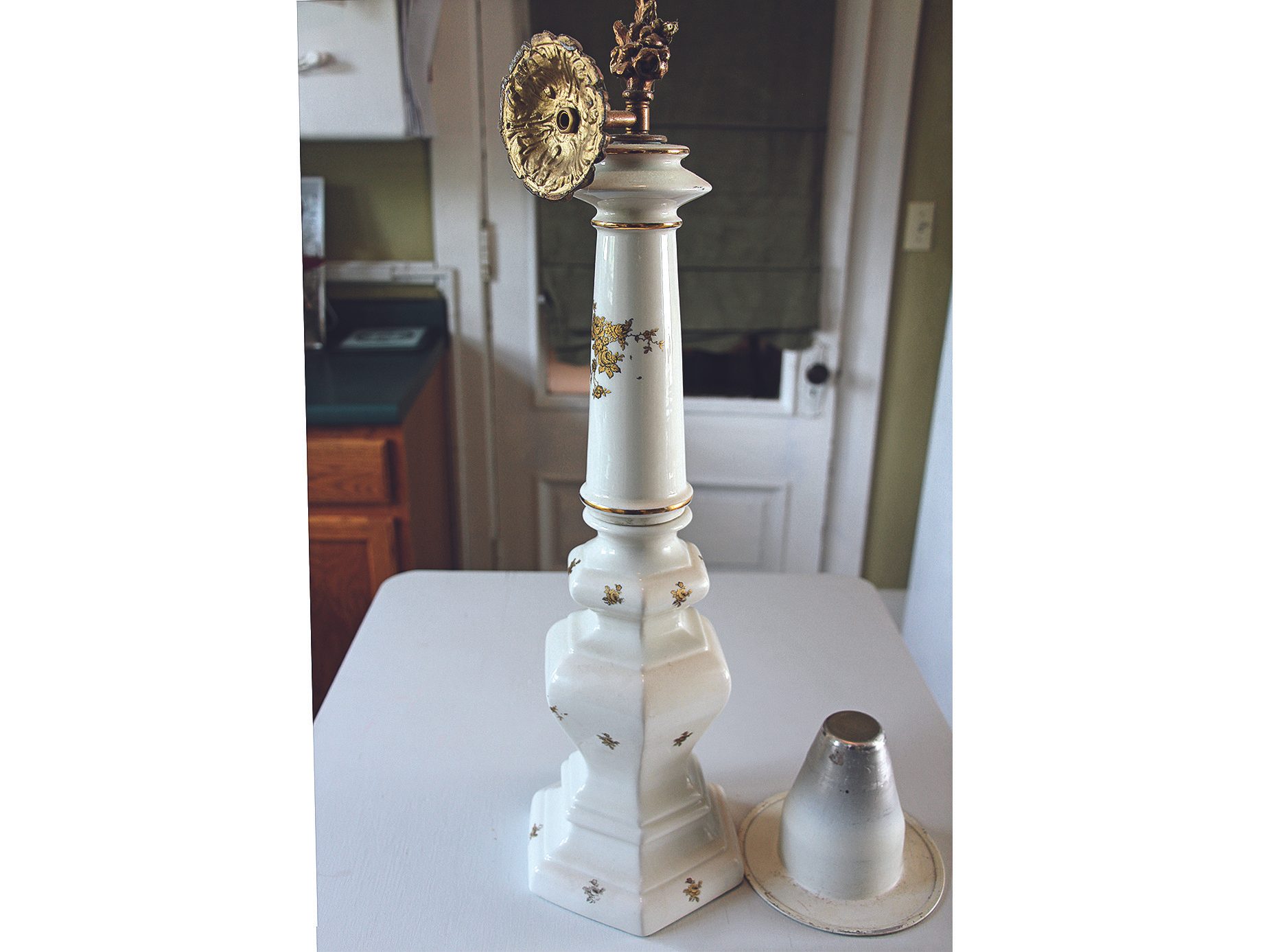
Sally Roberts of Harrington Harbour, Quebec., says, “A friend of mine was given two of these items (see photo). She is not sure what it is used for, so I told her I would submit a photo to Our Canada to see if any readers know what it is! It measures around 15 inches in height and there is a separate piece (pictured) that fits up into the base.”
Submit your answers in the comments below or by sending it in through Our Canada’s submission site (please identify it is an entry for “What Is It?”).